
Telefon: +49 (0) 531 391 5723
Telefax: +49 (0) 531 391 8178
Bluesky: https://bsky.app/profile/daniodanionella.bsky.social
Anschrift:
TU Braunschweig
Biozentrum
Zoologisches Institut
Zelluläre und Molekulare Neurobiologie
Spielmannstr. 7
38106 Braunschweig
Are you interested in my research or have your own ideas? Please feel free to contact me: j.von-trotha[at]tu-braunschweig.de
How does the brain encode positive and negative emotions, such as happiness and fear? How do emotional states inform behavioral output? How are cognitive processes such as learning and memory influenced by emotional biases? And how do neural circuits evolve to evoke different behaviors in response to environmental stimuli?
We are investigating these questions in the zebrafish (Danio rerio) and the evolutionary closely related emerging neurophysiological model species Danionella cerebrum using a variety of imaging, behavioral, genetic, computational, and molecular biological techniques. One of the many beauties of zebrafish are their optical translucency during the larval stages and their small brains that contain about 1 million times less neurons than their human counterparts which, in combination, makes it possible to observe neural activity with single-cell resolution throughout the whole brain in real time (Ahrens et al., 2013; Vanwalleghem et al., 2018; Lovett-Barron, 2021).
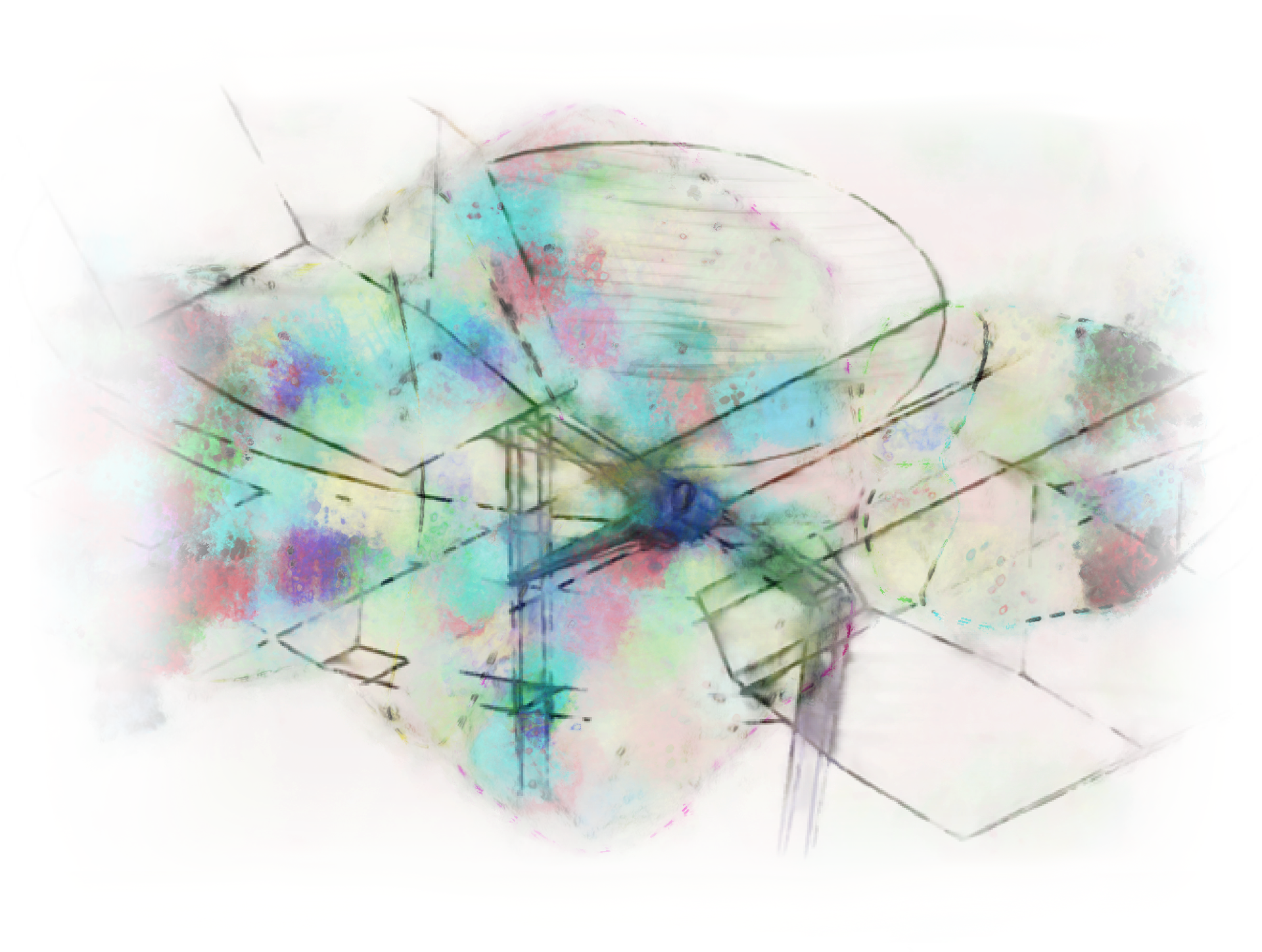
With a brain volume of just 0.6 mm3 that is made up of 6 x105 neurons, Danionella cerebrum (previously erroneously described as Danionella translucida (Britz et al., 2021)) has the smallest currently known adult vertebrate brain (Schulze et al., 2018). Moreover, and different from zebrafish, optical translucency in this species is not confined to the larval stage but persists into adulthood, which is why Danionella cerebrum holds great promise for future investigations of whole-brain in vivo imaging analyses of higher cognitive functions and behaviors that may not yet be present or fully developed at earlier stages of the life cycle. Sheeting zebrafish and Danionella into the light by a powerful and unique combination of optical translucency, molecular genetic tools and advanced imaging techniques thus allows us to delve into the matter of a fish’s mind throughout its entire life cycle at unprecedented detail and spatiotemporal resolution. Not only can we now see inside the mind of a fish to discover fundamental principles of how the brain works but we can also learn about its function through direct interrogations of specific neural circuits.
In previous work in adult zebrafish we have shown that the dorsomedial telencephalic region (Dm) is activated by a psychostimulant and involved in goal-directed behavior (von Trotha et al., 2014). Together with others this has led to the proposition that Dm in zebrafish is homologous to the mammalian amygdala, a brain region well-known for its role in emotional behaviors (Portavella et al., 2004; Wullimann and Mueller, 2004; Northcutt, 2006; von Trotha et al., 2014; Lal et al., 2018; Porter and Mueller, 2020).
Our current research builds on this work that has laid the foundation for a molecular genetic dissection of the neural circuits underlying emotions and motivated behavior (Guo et al., 2012; Perathoner et al., 2016; Lal and Kawakami, 2022). More recently, we have developed a microfluidic device that is compatible with whole-brain in vivo imaging via light sheet microscopy (Mattern et al., 2020) and performed a comparative analysis of Danionella cerebrum and zebrafish larval locomotor activity in a light-dark test (Lindemann et al., 2022). In addition to fundamental insights into brain function and behavior, our research may ultimately also contribute to novel and better treatments of neuropsychiatric disorders in humans such as depression, anxiety, and drug addiction.
If you are keen in participating in this research as a Bachelor, Master, PhD student, postdoctoral researcher, or otherwise, I am happy to hear from you at: j.von-trotha[at]tu-braunschweig.de
Postdoctoral research
Since 2016
Technical University of Braunschweig, Germany
Zoological Institute
Cellular and Molecular Neurobiology
Research Fellow
2010-2014
French National Centre for Scientific Research (CNRS)
Institute of Neurobiology Alfred Fessard, Gif-sur-Yvette, France
Advisor: Laure Bally-Cuif
Education
2006-2010
University of Cambridge, United Kingdom
PhD in Neuroscience
Advisor: Andrea Brand
2002-2005
University of Cologne, Germany
Diploma (equivalent M.Sc.) in Biology and Philosophy
Advisor: José Campos-Ortega
2001-2002
University of Zürich, Switzerland
Studies in Biology and Philosophy
1999-2001
University of Tübingen, Germany
Vordiplom (equivalent B.Sc.)
Studies in Biology and Philosophy
Fellowships
2006-2009 PhD scholarship of the German Academic Exchange Service (DAAD)

Lindemann, N.*, Kalix, L.*, Possiel, J., Stasch, R., Kusian, T., Köster, R. W., and von Trotha, J. W. (2022).
*equal contribution
A comparative analysis of Danionella cerebrum and zebrafish (Danio rerio) larval locomotor activity in a light-dark test
Front Behav Neurosci 16, 885775. DOI: 10.3389/fnbeh.2022.885775
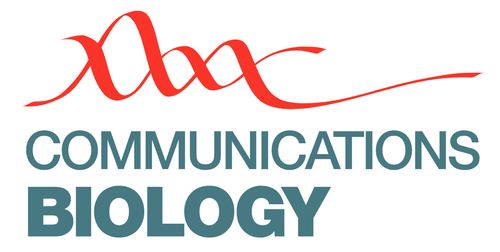
Mattern, K.*, von Trotha, J.W.*, Erfle, P., Köster, R.W., & Dietzel, A. (2020).
*equal contribution
NeuroExaminer: an all-glass microfluidic device for whole-brain in vivo imaging in zebrafish
Commun Biology, 3, 311. DOI: 10.1038/s42003-020-1029-7
see also University press release
see also Leica's Science Labs
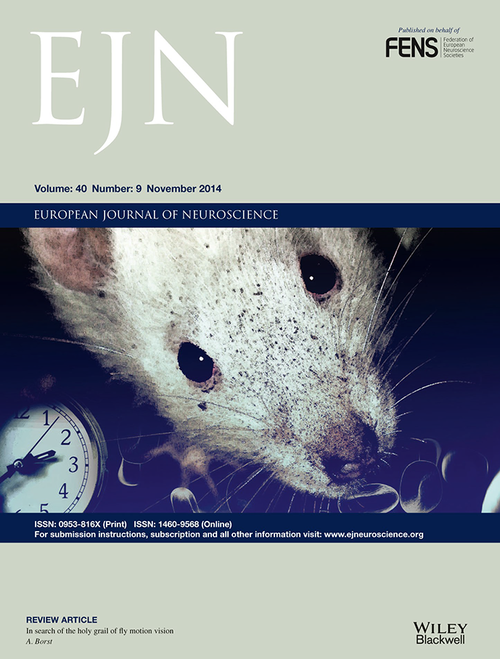
von Trotha, J.W., Vernier, P., and Bally-Cuif, L. (2014).
Emotions and motivated behavior converge on an amygdala-like structure in the zebrafish
Eur J Neurosci 40, 3302-3315. DOI: 10.1111/ejn.12692
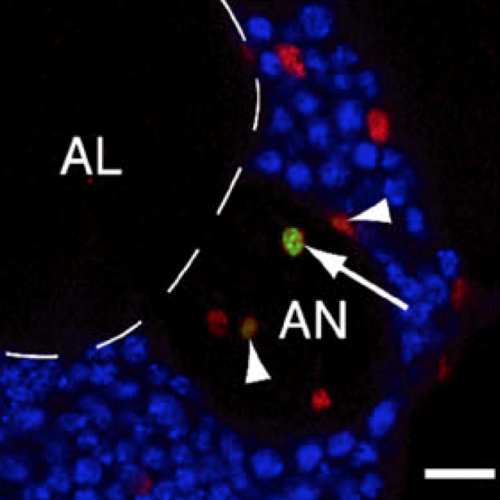
von Trotha, J.W., Egger, B., and Brand, A.H. (2009).
Cell proliferation in the Drosophila adult brain revealed by clonal analysis and bromodeoxyuridine labelling
Neural Dev 4, 9. DOI: 10.1186/1749-8104-4-9
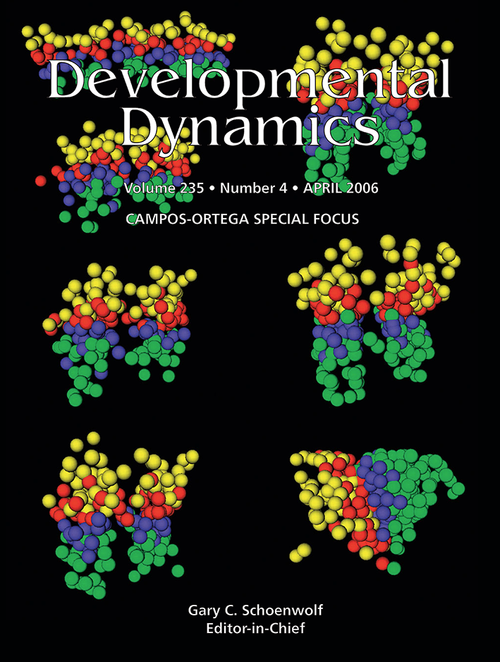
von Trotha, J.W., Campos-Ortega, J., and Reugels, A. (2006).
Apical localization of ASIP/PAR-3:EGFP in zebrafish neuroepithelial cells involves the oligomerization domain CR1, the PDZ domains, and the C-terminal portion of the protein
Dev Dyn 235, 967-77. DOI: 10.1002/dvdy.20715
Ahrens, M. B., Orger, M. B., Robson, D. N., Li, J. M., and Keller, P. J. (2013). Whole-brain functional imaging at cellular resolution using light-sheet microscopy. Nature Methods 10, 413–420. doi: 10.1038/nmeth.2434.
Britz, R., Conway, K. W., and Rüber, L. (2021). The emerging vertebrate model species for neurophysiological studies is Danionella cerebrum, new species (Teleostei: Cyprinidae). Sci Rep-uk 11, 18942. doi: 10.1038/s41598-021-97600-0.
Guo, S., Wagle, M., and Mathur, P. (2012). Toward molecular genetic dissection of neural circuits for emotional and motivational behaviors. Developmental neurobiology 72, 358–365. doi: 10.1002/dneu.20927.
Lal, P., and Kawakami, K. (2022). Integrated Behavioral, Genetic and Brain Circuit Visualization Methods to Unravel Functional Anatomy of Zebrafish Amygdala. Front Neuroanat 16, 837527. doi: 10.3389/fnana.2022.837527.
Lal, P., Tanabe, H., Suster, M. L., Ailani, D., Kotani, Y., Muto, A., Itoh, M., Iwasaki, M., Wada, H., Yaksi, E., and Kawakami, K. (2018). Identification of a neuronal population in the telencephalon essential for fear conditioning in zebrafish. BMC biology 16, 45. doi: 10.1186/s12915-018-0502-y.
Lindemann, N., Kalix, L., Possiel, J., Stasch, R., Kusian, T., Köster, R. W., and von Trotha, J. W. (2022). A comparative analysis of Danionella cerebrum and zebrafish (Danio rerio) larval locomotor activity in a light-dark test. Front Behav Neurosci 16, 885775. doi: 10.3389/fnbeh.2022.885775.
Lovett-Barron, M. (2021). Learning-dependent neuronal activity across the larval zebrafish brain. Curr Opin Neurobiol 67, 42–49. doi: 10.1016/j.conb.2020.07.006.
Mattern, K., von Trotha, J. W., Erfle, P., Köster, R. W., and Dietzel, A. (2020). NeuroExaminer: an all-glass microfluidic device for whole-brain in vivo imaging in zebrafish. Commun Biology 3, 311. doi: 10.1038/s42003-020-1029-7.
Northcutt, R. G. (2006). Connections of the lateral and medial divisions of the goldfish telencephalic pallium. The Journal of comparative neurology 494, 903–943. doi: 10.1002/cne.20853.
Perathoner, S., Cordero-Maldonado, M. L., and Crawford, A. D. (2016). Potential of zebrafish as a model for exploring the role of the amygdala in emotional memory and motivational behavior. J Neurosci Res 94, 445–462. doi: 10.1002/jnr.23712.
Portavella, M., Torres, B., and Salas, C. (2004). Avoidance response in goldfish: emotional and temporal involvement of medial and lateral telencephalic pallium. The Journal of neuroscience : the official journal of the Society for Neuroscience 24, 2335–2342. doi: 10.1523/jneurosci.4930-03.2004.
Porter, B. A., and Mueller, T. (2020). The Zebrafish Amygdaloid Complex – Functional Ground Plan, Molecular Delineation, and Everted Topology. Front Neurosci 14, 608. doi: 10.3389/fnins.2020.00608.
Schulze, L., Henninger, J., Kadobianskyi, M., Chaigne, T., Faustino, A. I., Hakiy, N., et al. (2018). Transparent Danionella translucida as a genetically tractable vertebrate brain model. Nature Methods 15, 977–983. doi: 10.1038/s41592-018-0144-6.
Vanwalleghem, G. C., Ahrens, M. B., and Scott, E. K. (2018). Integrative whole-brain neuroscience in larval zebrafish. Current opinion in neurobiology 50, 136–145. doi: 10.1016/j.conb.2018.02.004.
von Trotha, J. W., Vernier, P., and Bally-Cuif, L. (2014). Emotions and motivated behavior converge on an amygdala-like structure in the zebrafish. The European journal of neuroscience 40, 3302–3315. doi: 10.1111/ejn.12692.
Wullimann, M. F., and Mueller, T. (2004). Teleostean and mammalian forebrains contrasted: Evidence from genes to behavior. The Journal of comparative neurology 475, 143–162. doi: 10.1002/cne.20183.
Last updated: 18.02.2025